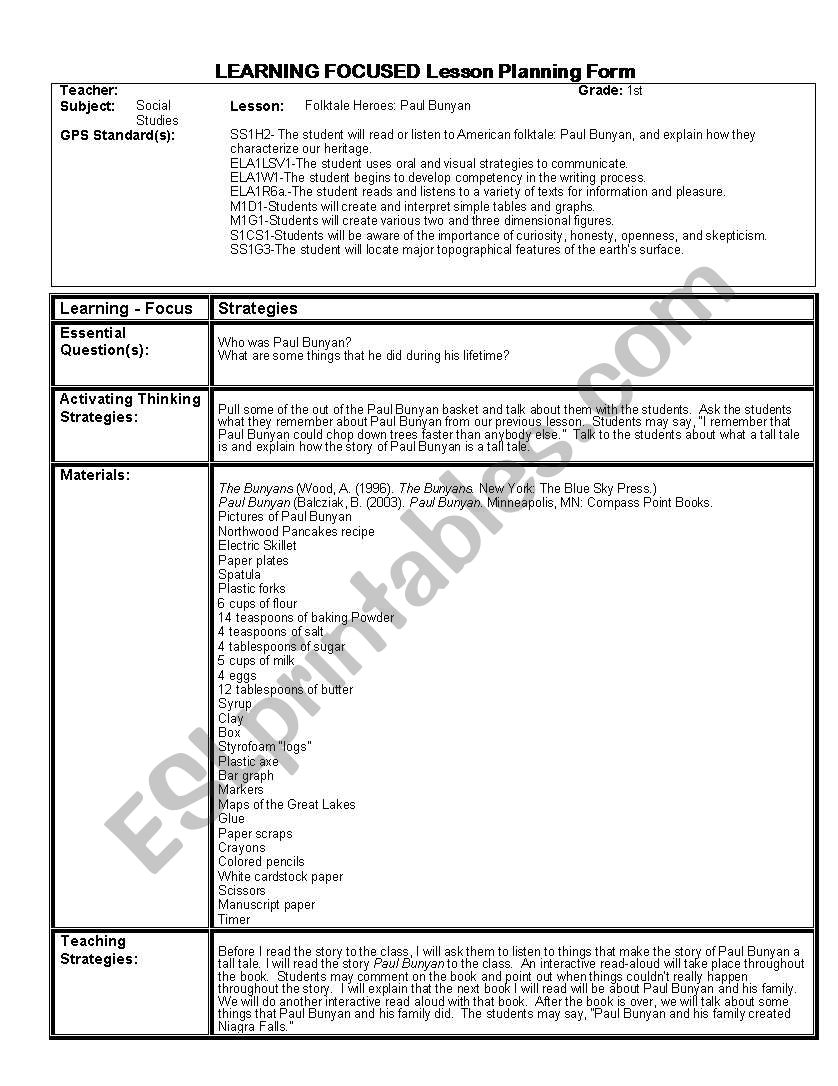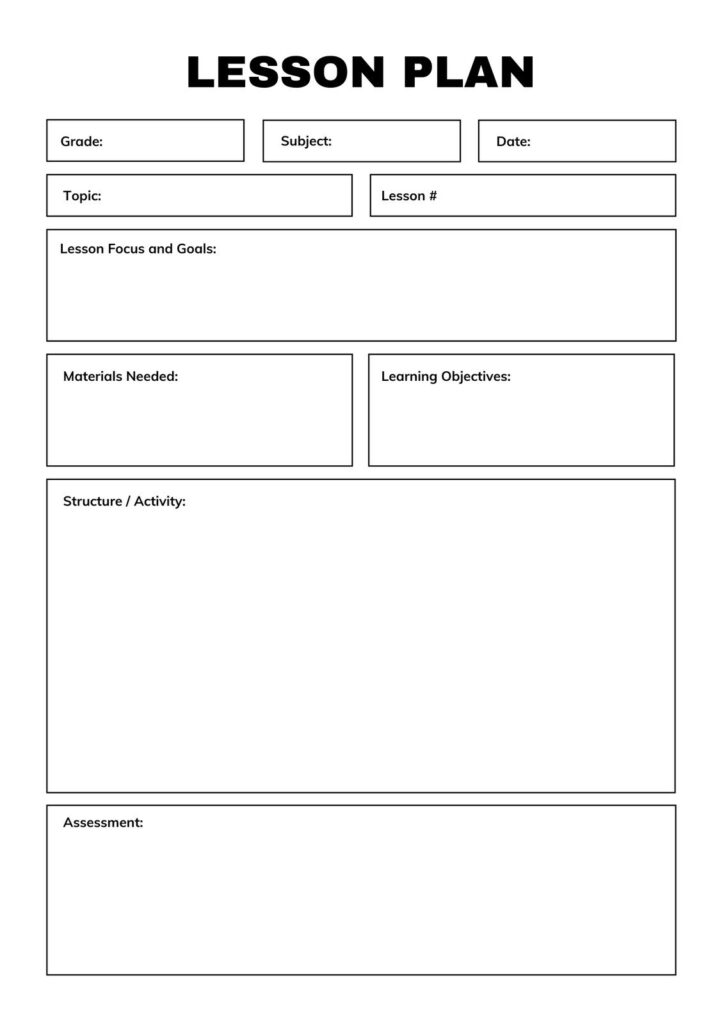Focus on form is an essential aspect of language teaching that involves drawing attention to the grammatical structures and vocabulary used in a specific context. By focusing on form, students are able to better understand and internalize the rules of a language, leading to improved fluency and accuracy in their speaking and writing.
When creating a lesson plan that focuses on form, it is important to design activities that provide opportunities for students to practice using the target language in meaningful ways. These activities should be scaffolded in such a way that students are gradually exposed to and encouraged to use the target structures and vocabulary in increasingly complex contexts.
Focus On Form Lesson Plan
Designing a Focus On Form Lesson Plan
When designing a focus on form lesson plan, it is important to begin by clearly defining the learning objectives and target structures or vocabulary that you want students to focus on. This will help guide the selection of appropriate materials and activities for the lesson.
Next, consider how to introduce the target language in a way that is engaging and meaningful for students. This could involve using authentic materials, real-life scenarios, or interactive activities that encourage students to actively engage with the language in context.
Implementing a Focus On Form Lesson Plan
During the lesson, it is important to provide ample opportunities for students to practice using the target language through a variety of activities, such as role-plays, discussions, and games. Encourage students to use the target structures and vocabulary in different contexts to reinforce their understanding and retention.
Finally, be sure to provide feedback and correction as needed to help students improve their accuracy and fluency in using the target language. By focusing on form in your lesson plan, you can help students develop a deeper understanding of the language and improve their overall language skills.

